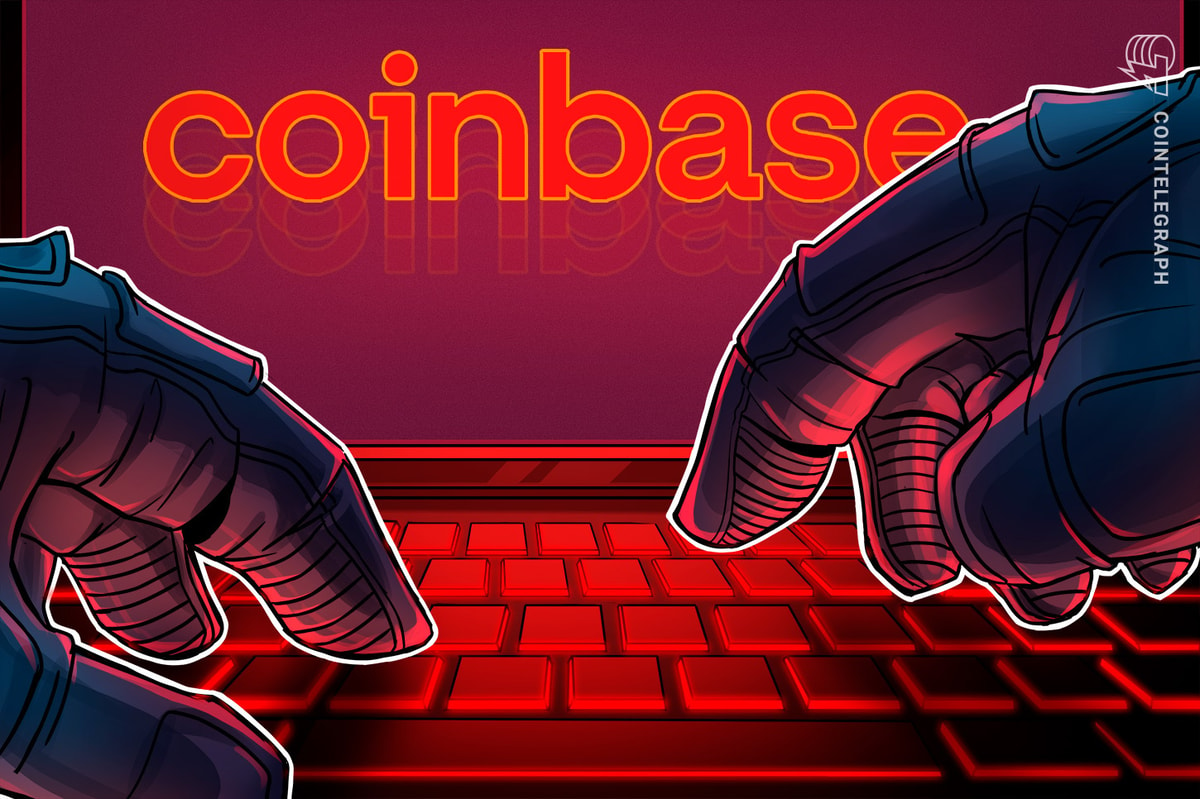Bitcoin (BTC) investors have been increasingly moving their holdings to self-custody solutions following the collapse of the world’s second-largest crypto exchange last week.
On-chain exchange flow data is showing a surge in withdrawals to self-custody wallets, according to analytics provider Glassnode.
In a Nov. 13 post on Twitter, Glassnode reported that Bitcoin exchange outflows had hit near historic levels of 106,000 BTC per month.
It added that this has happened only three other times — in April 2022 and November 2020, as well as in June/July 2022. It also reported that the number of Bitcoin wallets receiving the asset from exchange addresses surged to around 90,000 on Nov. 9.
Following the collapse of FTX, #Bitcoin investors have been withdrawing coins to self-custody at a historic rate of 106k $BTC/month.
— glassnode (@glassnode) November 13, 2022
This compares with only three other times:
- Apr 2020
- Nov 2020
- June-July 2022https://t.co/92aYVYU4Yt pic.twitter.com/em7CsDBWUf
Exchange outflows are usually a bullish sign that BTC is being hodled for the long term. However, in this scenario, it appears to be the result of loundering confidence in centralized crypto exchanges.
Glassnode commented that outflows have resulted in “positive balance changes across all wallet cohorts, from shrimp to whales,” before adding:
“The failure of FTX has created a very distinct change in #Bitcoin holder behavior across all cohorts.”
Since Nov. 6, when the FTX fiasco began, balance changes have increased across all BTC wallet sizes with “shrimps” that have less than one coin increasing by 33,700 BTC. Whale wallets with more than 1,000 coins have seen an increase of 3,600 BTC indicating that the self-custodian push is happening across the board.
Industry leaders are now starting to advocate self-custody solutions as the phrase “not your keys, not your coins” bears more weight than ever before.
On Nov. 13, Ethereum educator Anthony Sassano said that crypto holders shouldn’t be storing their assets on centralized exchanges unless their actively trading large amounts.
MicroStrategy’s Michael Saylor told Cointelegraph in an interview that self-custody prevents centralized third parties from abusing their power.
Related: $740M in Bitcoin exits exchanges, the biggest outflow since June's BTC price crash
Glassnode also reported that stablecoins, many of which destabilized last week, have been flowing onto exchanges at increased rates over the past week.
Nov. 10 saw more than $1 billion in stablecoins arriving on centralized exchanges. The total stablecoin reserve across all exchanges it tracks reached a new all-time high of $41.2 billion, it added.
“The echos of the FTX collapse will likely act to reshape the industry across many sectors, and shift the dominance, and preference for trustless vs centrally issued assets,” it concluded.










